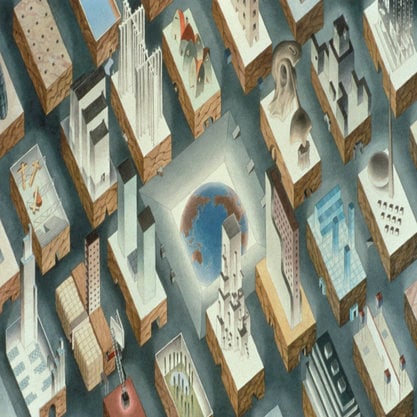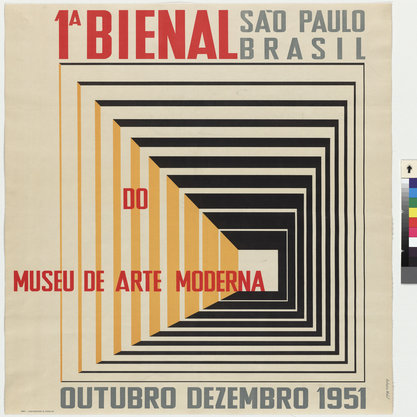Article
Millán, Manuel Mujica (1897–1963) By d’Auria, Viviana
Article
Considered the most significant neocolonial/neo-Hispanic architect in Venezuela. In the course of his career the versatile Manuel Mujica Millán demonstrated a pronounced capacity to reconcile modern design and functionalist layouts with the revival and reinvention of vernacular forms and architectural dialects. As part of a larger neo-Hispanic “awakening,” Mujica Millán found fertile terrain to manifest his eclecticism, stemming from the appreciation of pre-existing architectural production and the exigencies of directing future urban development in Venezuela. There as in other areas of the Latin American continent, the wider debate on national identity embraced that of modernization and the physical manifestation that overall progress would take not only in the case of new neighborhoods and their configuration, but also in that of important state buildings, public spaces, and company headquarters.

